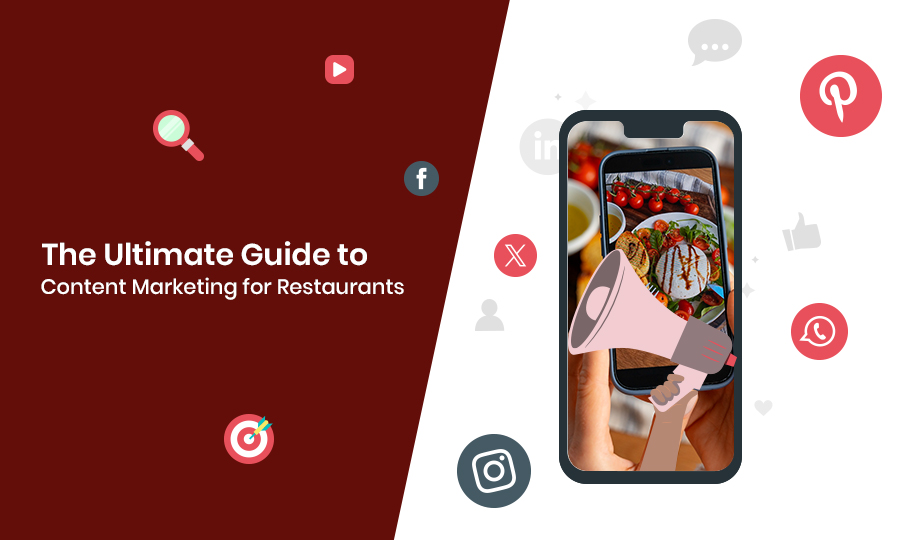Restaurants in the present digital age find content marketing as their essential path toward business victory. Customers today want more than simple dining spots because social media along with online reviews and food blogs enable them to find dining experiences.
The competitive restaurant industry demands that professionals use content marketing to reach their audience and develop loyal brand followers while generating customer traffic.
This article presents step-by-step instructions for designing an effective content marketing framework suitable for restaurants.
What is Content Marketing for Restaurants?
Content marketing is a strategic marketing approach focused on creating and distributing valuable, relevant, and consistent content to attract and retain a clearly defined audience.
For restaurants, this means crafting and sharing content that highlights the unique aspects of your establishment—be it your menu, ambiance, or core values.
Unlike traditional marketing methods that push products directly, content marketing focuses on building trust and credibility with your target audience. By sharing engaging stories, mouth-watering visuals, and behind-the-scenes glimpses, you can create a loyal community of customers who are more likely to choose your restaurant over competitors.
Why Content Marketing Matters for Restaurants
The practice of content marketing extends beyond ordinary picture sharing of restaurant dishes; it is essential for restaurant owners to share their narrative and interact with their audience to build a brand community. Here’s why it’s crucial:
- High-quality content distribution across your brand enables your restaurant to maintain prime recognition in customer thought patterns.
- Interesting content helps customers express engagement through social media interactions that grow audience loyalty.
- The implementation of SEO-optimized content raises your restaurant’s position in search engines thus making it simpler for customers to discover you.
- Through content marketing you can focus on advertising the aspects that set your restaurant apart including farm-to-table ingredients as well as chef signature dishes.
Benefits of Content Marketing for Restaurants
Content marketing offers a plethora of benefits for restaurants, making it an indispensable part of your marketing strategy. Here are some key advantages:
- Increased Brand Awareness and Visibility: High-quality content helps your restaurant stand out, making it more recognizable to potential customers.
- Improved Website Traffic and Search Engine Rankings: SEO-optimized content can boost your website’s visibility on search engines, driving more organic traffic.
- Enhanced Customer Engagement and Loyalty: Engaging content fosters a deeper connection with your audience, encouraging repeat visits and customer loyalty.
- Increased Sales and Revenue Growth: By attracting more customers and retaining existing ones, content marketing can directly impact your bottom line.
- Better Customer Insights and Feedback: Content marketing allows you to gather valuable feedback and insights from your audience, helping you refine your offerings.
- Improved Reputation and Credibility: Consistently delivering valuable content positions your restaurant as a trusted authority in the industry.
- Cost-Effective Marketing Strategy: Compared to traditional marketing methods, content marketing is often more affordable and offers a higher return on investment.
Step 1: Define Your Target Audience
Your first step must identify who your content creation is intended for before moving forward. Ask yourself:
Identify who makes up your perfect customer profile among families, food enthusiasts and workplace professionals.
You need to understand their specific taste preferences and how they want services to be handled.
Your target audience spends their time online at which locations?
The target audience for your restaurant demands content about fresh organic ingredients paired with photo-ready dishes if you provide service to health-focused millennials.
Step 2: Create a Content Strategy
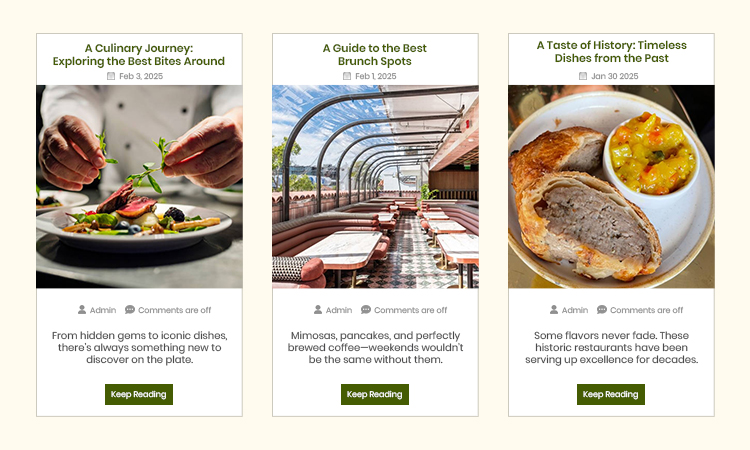
When executing a planned content approach businesses maintain both federal clarity and pertinent subject matter. Here’s how to build one:
- Choose Your Platforms
Every content distribution channel establishes its unique criteria.
- You should focus on the social media platforms that your audience utilizes the most.
- Instagram provides perfect settings for showcasing fascinating food pictures along with brief videos.
- The Facebook platform functions as a suitable platform to share events alongside promotions and lengthy content.
- TikTok serves as the most suitable platform for showing behind-the-scenes moments while utilizing trending challenges.
- A blog or website platform enables the creation of content that can reach desired search engine results for articles, recipes, and restaurant information updates.
Consider hiring a content marketing agency that specializes in the restaurant industry to enhance your online presence and improve SEO.
- Plan Your Content Calendar
Consistency is key. Using a content calendar enables users to plan their posts ahead of time. Include:
- Daily or weekly specials
- Seasonal menus
- Staff spotlights
- Customer testimonials
- Local events or partnerships
- Mix Up Your Content Types
Variety keeps your audience engaged. Try these content ideas:
- Food Photography: High-quality images of your dishes.
- Videos: Cooking tutorials, kitchen tours, or customer testimonials.
- The blog section should present a combination of recipes and chef profiles with local food market updates.
- Reposting content from your customers includes both their images and their reviews.
- Interactive polls and quizzes together with contests allow you to engage your audience through entertaining content.
Step 3: Optimize for SEO
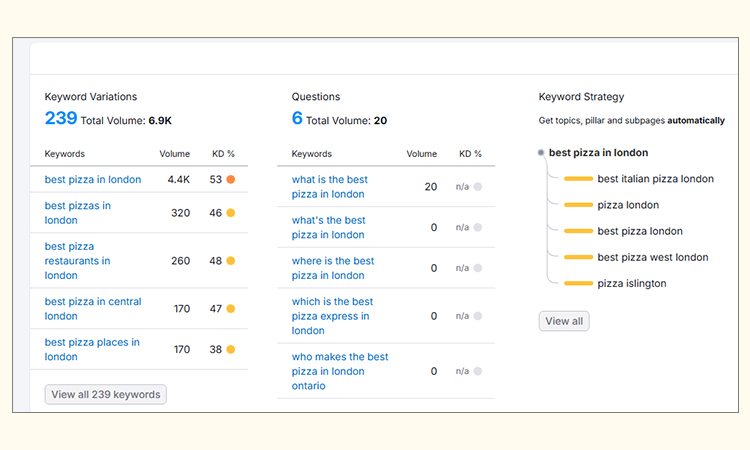
The practice of search engine optimization enables your restaurant to achieve better placement in Google search results thus facilitating customer discovery of your business. Your content optimization process requires these specific steps:
- Research meaningful search terms including “best pizza in [city]” along with “vegan-friendly restaurants near me” to use in your website content as well as written articles.
- Your Google My Business listing must be claimed for Local SEO so you should motivate customers to provide reviews.
- The website needs to adapt to mobile platforms because most people find restaurants through smartphone searches.
Step 4: Leverage Social Media
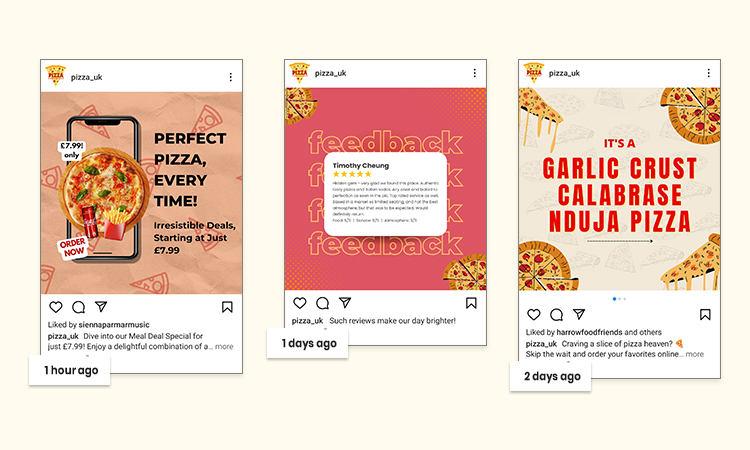
Specifically, social media plays an important role in the functioning of restaurants. Here are the tips on how to maximize the use of it:
- Post Consistently
Ideally, one should post 3 to 5 times a week as it will be engaging without being too much for the audience.
- Engage With Your Audience
Always reply to the comment section, messages as well as the reviews given promptly. Let your customers know you are willing to hear from them at any time.
- Use Hashtags Wisely
Other related hashtags that may be used include; Foodie, EatLocal, or [Your City]Eats.
- Run Paid Ads
Promote high-impact posts or even advertise to find new clients.
Step 5: Collaborate with Influencers
In order to establish long-term relationships with the potential customers, members of the team have to cooperate with influencers and local partners efficiently.
- An important thing that is worth considering is that by cooperating with food bloggers, influencers or other local businesses you can expand your audience.
- Consider Encouraging the visitors of your restaurant to invite other people if you promise to give them a free meal in exchange.
Step 6: Monitor
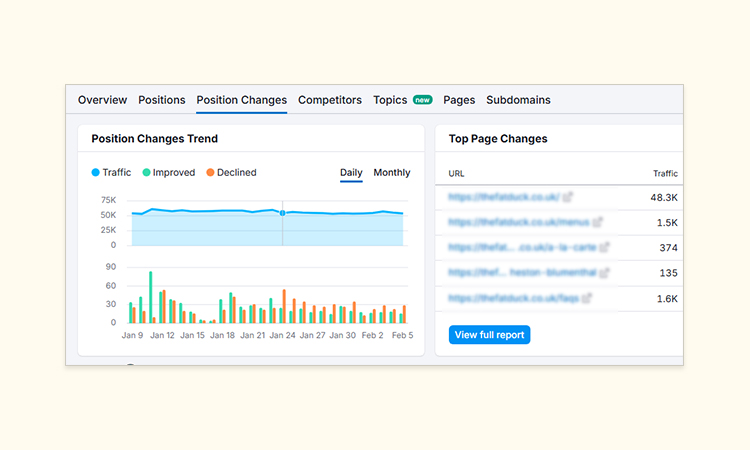
Monitoring and making necessary adjustments is the next step in the process of implementing a competitive strategy on the internet.
In a specific way, we can agree that content marketing is not an easy to reach one size fits all strategy. One of the most important things, which can be advised for performance optimization is the use of analytics tools for tracking.
- Social media monitoring: Track the level of engagement with posts, the number of followers, and view the stats of specific posts.
- Website Traffic: Track the traffic visiting the website, the bounce rate, and conversions.
- Customer Feedback: This involves listening to what users have to say on matters concerning the firm or business and learning what their perception is towards certain products or services that have been produced or services that have been offered.
Use them to make changes in your operations, if needed. For instance, if the videos are likely to perform better than the photos, then the strategy should include higher video content.
Step 7: Showcase Your Unique Story
Every restaurant has a story.
Whatever it may be – your third generation grandmother’s secrets, your environmental conservation policies, or your story as a culinary professional, pass it on to the viewers. Valid storytelling helps to enhance trust and rapport with the customers.
Step 8: Offer Value Beyond Food
Content marketing is not equal to advertising menu items. Hence offer value to your audience by:
- Sharing cooking tips or recipes is a common event in a kitchen, and so it fits well in this context by having two people working in a kitchen while exchanging information.
- Providing exclusive discounts or loyalty rewards.
Step 9: Stay Consistent and Authentic
The key to successful content marketing is consistency and authenticity. Using content calendars can help you plan and schedule your posts in advance, ensuring consistency and timely delivery. Post regularly, engage with your audience, and stay true to your brand’s voice and values.
Step 10: Highlight Customer Experiences
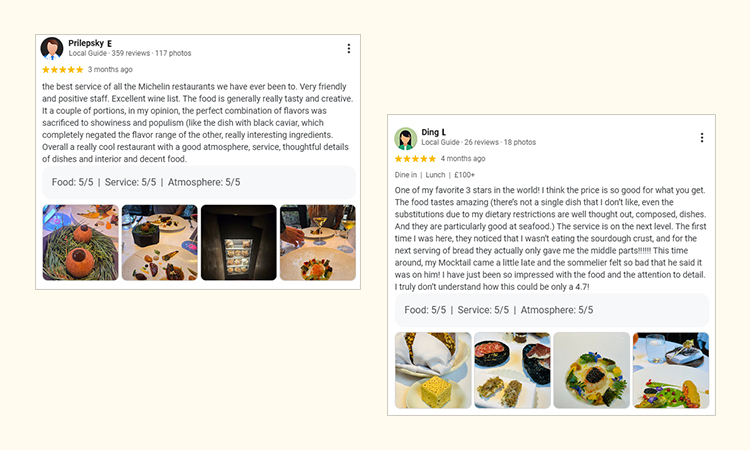
Your customers are your best advocates. Showcasing their experiences can build trust and encourage others to visit your restaurant. Here’s how to do it:
- Encourage Reviews: Ask satisfied customers to leave reviews on Google, Yelp, or TripAdvisor. Positive reviews can significantly influence potential customers.
- Share Testimonials: Feature customer testimonials on your website and social media. Include photos or videos for added authenticity.
- Create a Hashtag: Develop a unique hashtag (e.g., MyExperienceAt[YourRestaurant]) and encourage customers to use it when posting about their visit.
Step 11: Leverage Email Marketing
Email marketing is a powerful way to stay connected with your customers and keep them coming back. Here’s how to make the most of it:
- Build an Email List
- Offer a discount or freebie (e.g., a free dessert) in exchange for signing up.
- Collect emails at the point of sale or through your website.
- Send Engaging Newsletters
- Share updates about new menu items, upcoming events, or seasonal specials.
- Include exclusive offers or loyalty rewards for subscribers.
- Add mouth-watering photos and links to your social media or website.
- Automate Emails
- Send welcome emails to new subscribers.
- Use automated reminders for abandoned online orders or reservations.
Step 12: Create a Loyalty Program
A loyalty program can turn one-time visitors into repeat customers. Use content marketing to promote it:
- Announce the Program: Create a video or social media post explaining how the program works.
- Share Success Stories: Highlight customers who’ve benefited from the program.
- Offer Exclusive Content: Provide loyalty members with early access to new menu items or special events.
Step 13: Host Events and Promotions
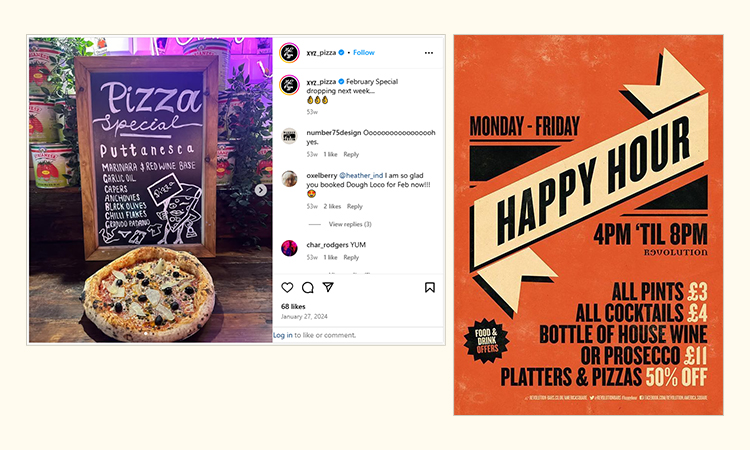
Events and promotions are a great way to generate buzz and attract new customers. Use content marketing to spread the word:
- Promote Events
- Create eye-catching flyers and share them on social media.
- Post behind-the-scenes content leading up to the event.
- Live-stream the event to engage online audiences.
- Run Special Promotions
- Offer discounts for holidays or special occasions (e.g., Valentine’s Day, Mother’s Day).
- Create limited-time offers to create a sense of urgency.
- Use countdowns on social media to build excitement.
Step 14: Focus on Visual Storytelling
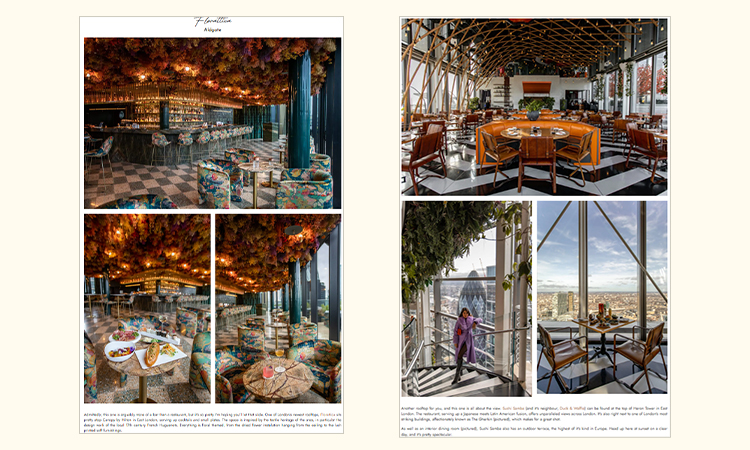
In the food industry, visuals are everything. Invest in high-quality photography and videography to showcase your dishes and ambiance.
- Hire a Professional Photographer
- Capture stunning images of your food, drinks, and restaurant interior.
- Use these photos for your website, social media, and marketing materials.
- Create Video Content
- Share cooking tutorials or time-lapse videos of dishes being prepared.
- Post virtual tours of your restaurant to give customers a feel for the atmosphere.
- Highlight your team members to humanize your brand.
- Use Instagram Stories and Reels
- Post short, engaging clips of your daily specials or kitchen activities.
- Use trending audio and hashtags to increase visibility.
Step 15: Collaborate With Local Media
Local media outlets can help you reach a broader audience. Here’s how to get their attention:
- Send Press Releases: Announce new menu items, events, or milestones (e.g., your restaurant’s anniversary).
- Invite Food Critics: Offer complimentary meals to local food bloggers or critics in exchange for reviews.
- Participate in Community Events: Sponsor or host events to build relationships with local media.
Step 16: Use Data to Personalize Content
Personalization can make your content more relevant and engaging. Use customer data to tailor your messaging:
- Segment Your Audience: Group customers based on their preferences (e.g., vegetarians, dessert lovers).
- Send Personalized Offers: Use data to recommend dishes or promotions based on past orders.
- Create Targeted Ads: Use social media ad tools to target specific demographics or interests.
Step 17: Stay on Top of Trends
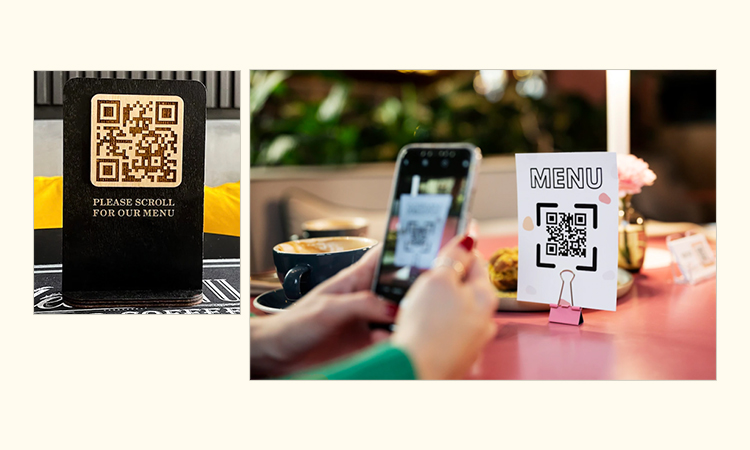
The food industry is constantly evolving. Stay ahead of the curve by incorporating trends into your content:
- Follow Food Trends: Keep an eye on popular ingredients, cuisines, or dining styles (e.g., plant-based diets, and fusion cuisine).
- Adapt to Seasonal Changes: Update your menu and content to reflect seasonal ingredients or holidays.
- Embrace Technology: Explore new tools like QR codes for menus or augmented reality (AR) for interactive dining experiences.
Step 18: Educate Your Audience
Content marketing isn’t just about selling—it’s also about educating. Share valuable information to position your restaurant as an authority:
- Share Recipes: Post simple recipes inspired by your menu items.
- Explain Cooking Techniques: Create videos or blog posts about how to cook like a pro.
- Highlight Ingredients: Educate your audience about the quality and sourcing of your ingredients.
Step 19: Build a Community
A strong sense of community can turn customers into loyal fans. Here’s how to foster it:
- Engage With Followers: Respond to comments, messages, and reviews.
- Create a Facebook Group: Build a space where customers can share their experiences and connect.
- Host Meetups: Organize events where customers can meet the chef or learn about your culinary philosophy.
Step 20: Measure Your Success
To ensure your content marketing efforts are paying off, track your performance and adjust your strategy as needed.
- Set Clear Goals
- Increase website traffic by 20% in six months.
- Grow your Instagram following to 10,000 followers.
- Boost online reservations by 15%.
- Use Analytics Tools
- Google Analytics: Track website traffic, bounce rates, and conversions.
- Social Media Insights: Monitor engagement, reach, and follower growth.
- Email Marketing Metrics: Measure open rates, click-through rates, and conversions.
- Adjust Your Strategy
- Double down on what’s working (e.g., if videos perform well, create more video content).
- Experiment with new ideas to keep your content fresh and engaging.
Step 21: Learn From Competitors
Analyzing your competitors can provide valuable insights. Here’s how to do it:
- Study Their Content: Look at their social media posts, blog articles, and websites.
- Identify Gaps: Find areas where you can differentiate yourself (e.g., better visuals, more engaging storytelling).
- Adapt Best Practices: Incorporate successful strategies into your content marketing plan.
Step 22: Stay Authentic and Transparent
In an era of food scandals and fake reviews, authenticity and transparency are more important than ever.
- Share Behind-the-Scenes Content: Show your kitchen, staff, and sourcing practices.
- Admit Mistakes: If something goes wrong, address it openly and honestly.
- Celebrate Milestones: Share your successes and thank your customers for their support.
Step 23: Experiment With New Platforms
Don’t be afraid to explore new platforms to reach your audience. For example:
- Pinterest: Share recipes and food photography.
- Clubhouse: Host audio discussions about food trends or cooking tips.
- YouTube: Create longer-form content like cooking shows or restaurant tours.
Step 24: Invest in Paid Advertising
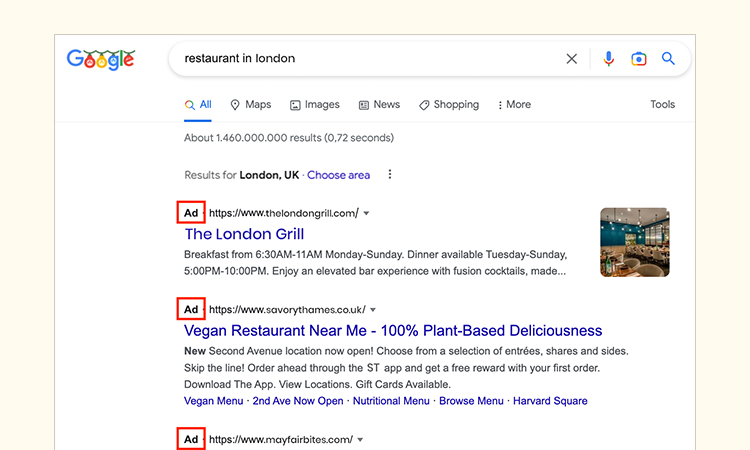
While organic content is essential, paid advertising can help you reach a larger audience.
- Run Social Media Ads: Use Facebook, Instagram, or TikTok ads to promote your restaurant.
- Try Google Ads: Target keywords like “best brunch near me” or “romantic dinner spots.”
- Collaborate With Influencers: Pay influencers to create content featuring your restaurant.
Step 25: Stay Consistent and Patient
Content marketing is a long-term strategy. It may take time to see results, but consistency and patience will pay off.
- Stick to Your Plan: Follow your content calendar and post regularly.
- Track Progress: Monitor your performance and celebrate small wins.
- Keep Learning: Stay updated on the latest trends and tools in content marketing.
Content Marketing Tips and Best Practices
To maximize the effectiveness of your content marketing efforts, consider these tips and best practices:
- Know Your Target Audience: Understand the preferences, interests, and behaviors of your audience to create content that resonates with them.
- Create a Content Calendar: Plan and schedule your content in advance to ensure consistency and timely delivery.
- Use Social Media Platforms: Share your content across multiple social media platforms to reach a broader audience.
- Optimize for Local SEO: Use location-specific keywords and optimize your Google My Business listing to improve your local search visibility.
- Use High-Quality Visuals: Invest in high-quality photos and videos to make your content more appealing and engaging.
- Engage with Customers: Respond to comments and messages promptly to build a strong relationship with your audience.
- Measure and Analyze Performance: Track key metrics such as website traffic, social media engagement, and customer retention rates to evaluate the success of your content marketing strategy.
Common Content Marketing Mistakes to Avoid
Avoiding common pitfalls can significantly enhance the effectiveness of your content marketing strategy. Here are some mistakes to watch out for:
- Lack of Consistency: Failing to post content regularly can lead to a disengaged audience. Stick to your content calendar to maintain a steady flow of content.
- Poor Quality Content: Sharing low-quality photos, videos, or poorly written content can harm your brand’s reputation. Always prioritize quality over quantity.
- Ignoring Target Audience: Failing to understand and cater to your target audience’s preferences can result in irrelevant content. Always keep your audience in mind when creating content.
- Not Optimizing for Local SEO: Neglecting local SEO can make it difficult for potential customers to find your restaurant online. Use location-specific keywords and optimize your Google My Business listing.
- Not Engaging with Customers: Failing to respond to comments and messages can make your audience feel ignored. Engage with your customers to build a loyal community.
- Not Measuring Performance: Without tracking key metrics, you won’t know if your content marketing efforts are paying off. Regularly measure website traffic, social media engagement, and customer retention rates to refine your strategy.
By avoiding these common mistakes, you can ensure your content marketing efforts are effective and drive meaningful results for your restaurant.
Conclusion
Content marketing is a powerful tool for restaurants to connect with their audience, build brand loyalty, and drive sales. By following this comprehensive guide, you’ll be well-equipped to create a content marketing strategy that sets your restaurant apart.
Remember, the key to success is consistency, authenticity, and a willingness to adapt. Start small, experiment with different ideas, and don’t be afraid to think outside the box. With time and effort, your restaurant will become a go-to destination for food lovers everywhere.
Bon appétit and happy marketing!
Additional Resources:
- A Handbook for Social Media Marketing for Restaurants
- Get It Right Guide to Local SEO for Restaurants
- SEO for Restaurants: A Beginner’s Guide to Getting Found Online


